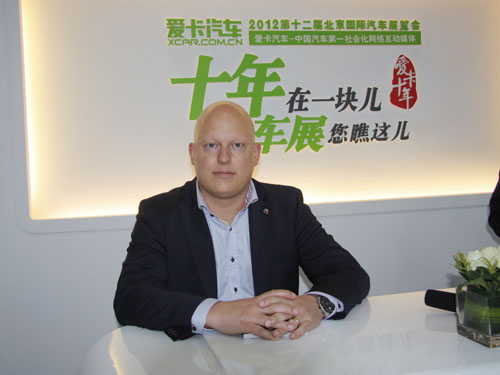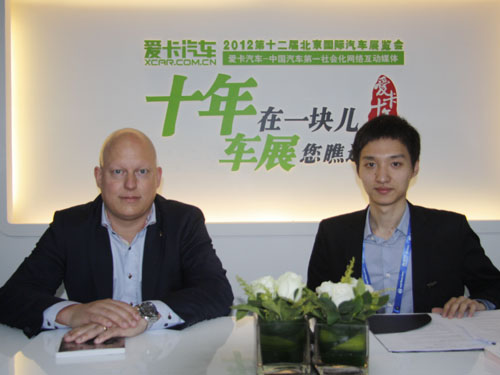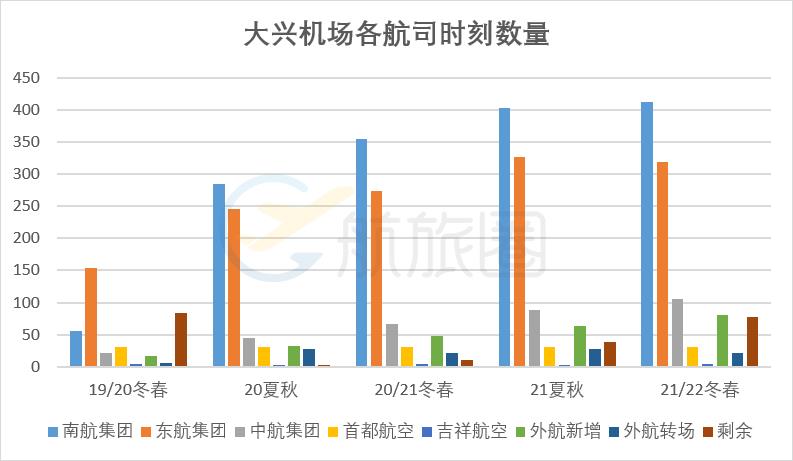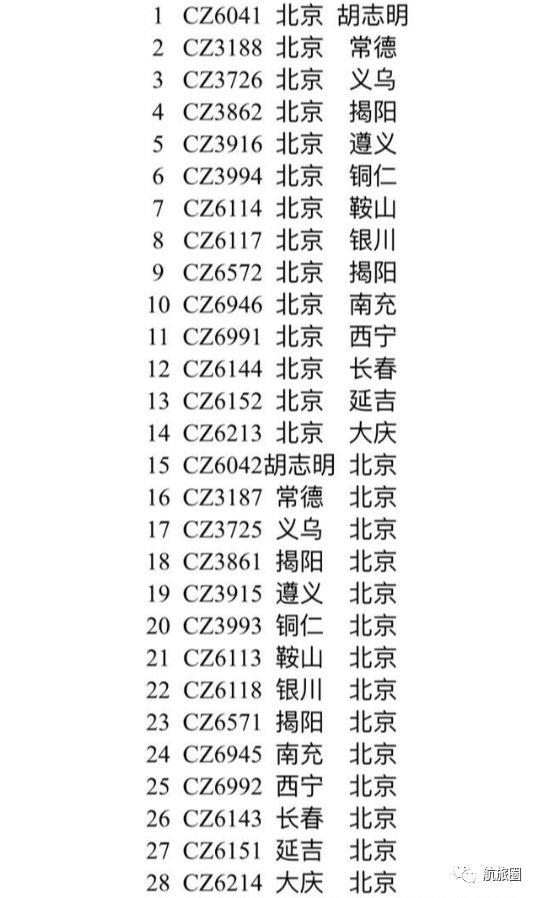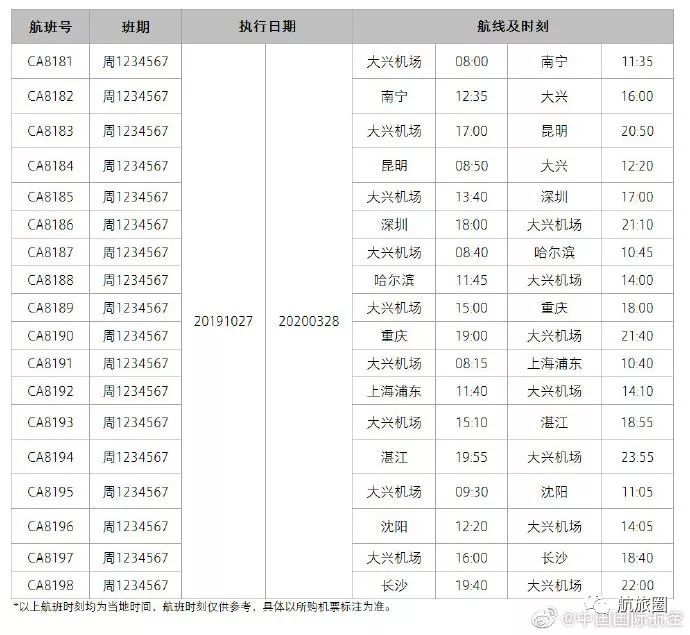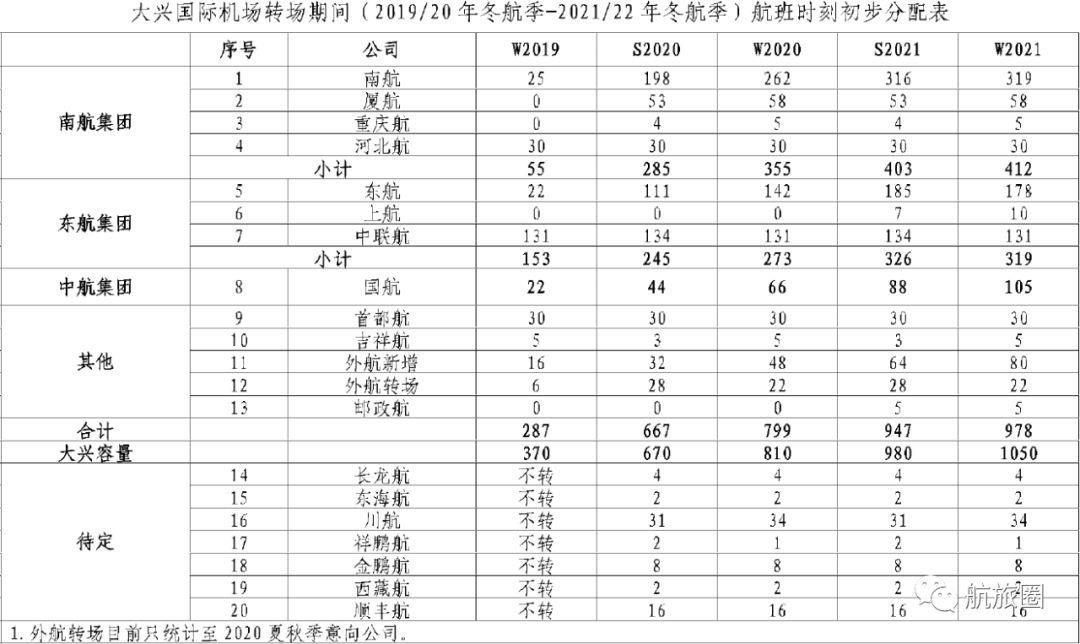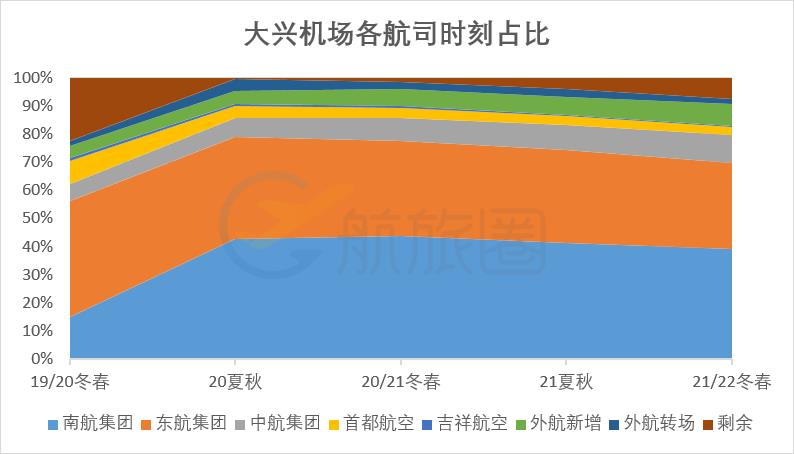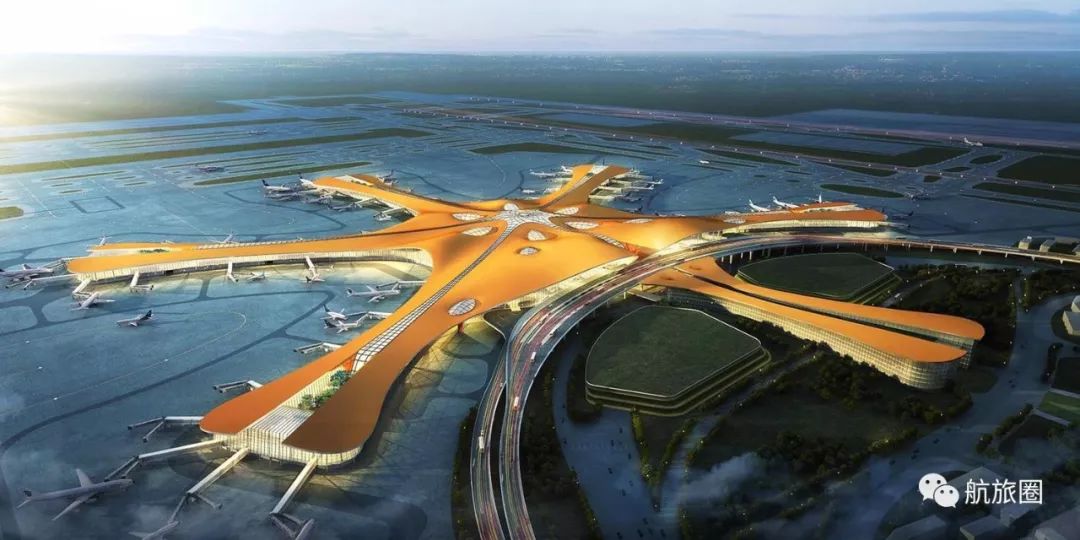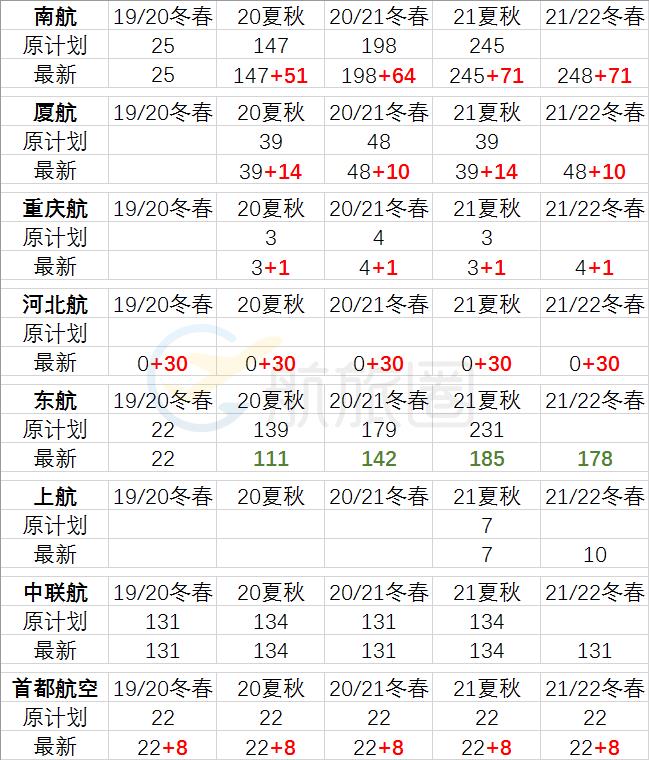The General Administration of Market Supervision issued four pieces of information about automobile recall.
Dongfeng Honda Motor Co., Ltd. recalled some JADE cars.
Recently, Dongfeng Honda Automobile Co., Ltd. filed a recall plan with the State Administration of Market Supervision according to the requirements of the Regulations on the Management of Defective Automobile Product Recall and the Implementation Measures of the Regulations on the Management of Defective Automobile Product Recall, and decided to recall some 2017-2018 JADE cars with 1.5T engines produced from July 7, 2016 to August 10, 2018.
Due to design reasons, when some vehicles within the scope of this recall continue to drive for a short distance in a low temperature environment, the engine oil level will increase. When the engine oil level increases to a certain extent, the engine fault indicator light may light up. If the vehicles continue to run in this state, the engine may be damaged and there are potential safety hazards. Dongfeng Honda Automobile Co., Ltd. will replace the air-conditioning control unit and radiator downcomer assembly for the vehicles within the recall range free of charge, and upgrade the FI-ECU software and TCU software to curb the increase of oil level and eliminate potential safety hazards. When the recall is implemented, the engine oil and oil filter will be replaced free of charge for vehicles within the target range, and engine fuel cleaner will be added.
Dongfeng Honda Automobile Co., Ltd. will send the Notice of Defective Automobile Product Recall to the owners of vehicles within the scope of recall by registered mail, and the special sales service shop of Dongfeng Honda Automobile Co., Ltd. will notify the relevant owners by SMS or telephone. Users can call the customer service hotlines of Dongfeng Honda Automobile Co., Ltd. at 800-880-9899 (fixed line) and 400-880-6622 (mobile phone, fixed line) for consultation. Users can also visit the website of the Defective Product Management Center of the State Administration of Markets (www.dpac.gov.cn) and follow the WeChat WeChat official account for more information. In addition, you can also call the hotline of the Defective Product Management Center of the State Administration of Market Supervision: 010-59799616 to reflect the problems in the implementation of the recall or submit defects clues.
Guangqi Honda Automobile Co., Ltd. recalled some Acura CDX cars.
Recently, Guangqi Honda Automobile Co., Ltd. filed a recall plan with the State Administration of Market Supervision according to the requirements of the Regulations on the Management of Defective Automobile Product Recall and the Implementation Measures of the Regulations on the Management of Defective Automobile Product Recall, and will recall the 2017-2018 Acura CDX vehicles produced from November 2, 2015 to August 1, 2018, totaling 27.
Due to design reasons, when some vehicles within the scope of this recall are driven for a short distance in a low temperature environment for a long time, the engine oil level will increase. When the engine oil level increases to a certain extent, the engine fault indicator light may light up. If the vehicles continue to operate under the above conditions, the engine may be affected, and in extreme cases, the engine may be damaged, posing a safety hazard. Guangqi Honda Automobile Co., Ltd. will replace the upgraded air conditioning control unit and engine cooling system pipeline for the vehicles within the recall range free of charge, and upgrade the FI-ECU software to eliminate potential safety hazards. When the recall is implemented, the engine oil and oil filter will be replaced free of charge for the vehicles within the target range, and the engine fuel cleaner will be added free of charge.
Guangqi Honda Automobile Co., Ltd. will notify the relevant users by registered mail or express delivery, and the special sales service shop of Guangqi Acura Automobile will also notify the relevant users by telephone or SMS. Users can call GAC Acura customer service hotlines: 800-830-5999 (fixed-line users), 400-930-8999 (mobile phone users) and special sales service shop hotlines for consultation. Owners can log on to Guangqi Honda’s website (www.ghac.cn) to inquire about the recall information. You can also visit the website of Defective Product Management Center of the State Administration of Markets (www.dpac.gov.cn) and follow the WeChat WeChat official account for more information. In addition, you can also call the hotline of the Defective Product Management Center of the State Administration of Market Supervision: 010-59799616 to reflect the problems in the implementation of the recall or submit defects clues.
BMW Brilliance Automobile Co., Ltd. and BMW (China) Automobile Trading Co., Ltd. recalled some domestic and imported 3 series cars.
Recently, BMW Brilliance Automobile Co., Ltd. and BMW (China) Automobile Trading Co., Ltd. filed a recall plan with the State Administration of Market Supervision in accordance with the requirements of the Regulations on the Management of Defective Automobile Product Recall and the Implementation Measures for the Regulations on the Management of Defective Automobile Product Recall, and decided to recall the following vehicles from November 9, 2018, totaling 139,452 vehicles.
(1) BMW Brilliance Automobile Co., Ltd. recalled some domestic BMW Brilliance 318i, 320i and 325i cars produced between May 31, 2005 and July 24, 2011, totaling 89,309 vehicles;
(2) BMW (China) Automobile Trading Co., Ltd. recalled some imported BMW 318i, 320i, 325i, 330i, 335i and M3 cars produced between January 14th, 2005 and July 7th, 2011, totaling 50,143 vehicles.
Tin plating process is adopted for the plug coating of air conditioner blower power regulator of vehicles within the scope of this recall. With the use of the coating, wear and corrosion may occur, resulting in increased resistance. The plug with aging coating may generate heat when the air conditioner blower is used at high power, and in severe cases, it will melt and ablate the surrounding parts, which increases the risk of vehicle fire and has potential safety hazards. BMW Brilliance Automobile Co., Ltd. and BMW (China) Automobile Trading Co., Ltd. will inspect the plug of the air conditioner blower power regulator of the vehicles within the recall range free of charge, and replace the plug with a silver-plated plug if there are no signs of ablation or overheating; If overheating or ablation has occurred, in addition to replacing the plug, the damaged power regulator will be replaced to eliminate potential safety hazards.
BMW Brilliance Automobile Co., Ltd. and BMW (China) Automobile Trading Co., Ltd. will notify relevant users by registered mail. Users can call the BMW service hotline at 400-800-6666 to learn more about the recall. Users can also visit the website of the Defective Product Management Center of the State Administration of Markets (www.dpac.gov.cn) and follow the WeChat WeChat official account for more information. In addition, you can also call the hotline of the Defective Product Management Center of the State Administration of Market Supervision: 010-59799616 to reflect the problems in the implementation of the recall or submit defects clues.
Beijing Benz Automobile Co., Ltd. recalled some C-class and GLC SUV cars.
A few days ago, Beijing Benz Automobile Co., Ltd. filed a recall plan with the State Administration of Market Supervision according to the requirements of the Regulations on the Management of Defective Automobile Product Recall and the Measures for the Implementation of the Regulations on the Management of Defective Automobile Product Recall. Some C-class and GLC SUV vehicles will be recalled from now on, totaling 53 vehicles. The details are as follows:
A total of 51 C-class cars were produced from February 3, 2018 to February 23, 2018;
A total of 2 GLC SUV cars were produced on February 11, 2018.
The gas generator housing of driver airbag module assembled in some vehicles within the scope of this recall may have used unqualified materials. When a vehicle collides, the protective function of the airbag will not be guaranteed. In addition, the separated parts may enter the interior of the vehicle, hurting the people inside the vehicle, which poses a safety hazard. Beijing Benz Automobile Co., Ltd. will replace qualified driver airbags for vehicles within the recall range to eliminate potential safety hazards.
Mercedes-Benz Authorized Service Center will notify relevant users of the recall by registered mail. At the same time, relevant users can call the service hotline: 400-818-1188 (service time is Monday to Sunday, 24 hours a day) for consultation. Users can also visit the website of the Defective Product Management Center of the State Administration of Markets (www.dpac.gov.cn) and follow the WeChat WeChat official account for more information. In addition, you can also call the hotline of the Defective Product Management Center of the State Administration of Market Supervision: 010-59799616 to reflect the problems in the implementation of the recall or submit defects clues.
(The original title is "The General Administration of Market Supervision issues 4 pieces of information on automobile recalls")

